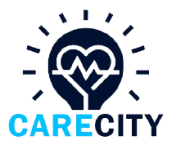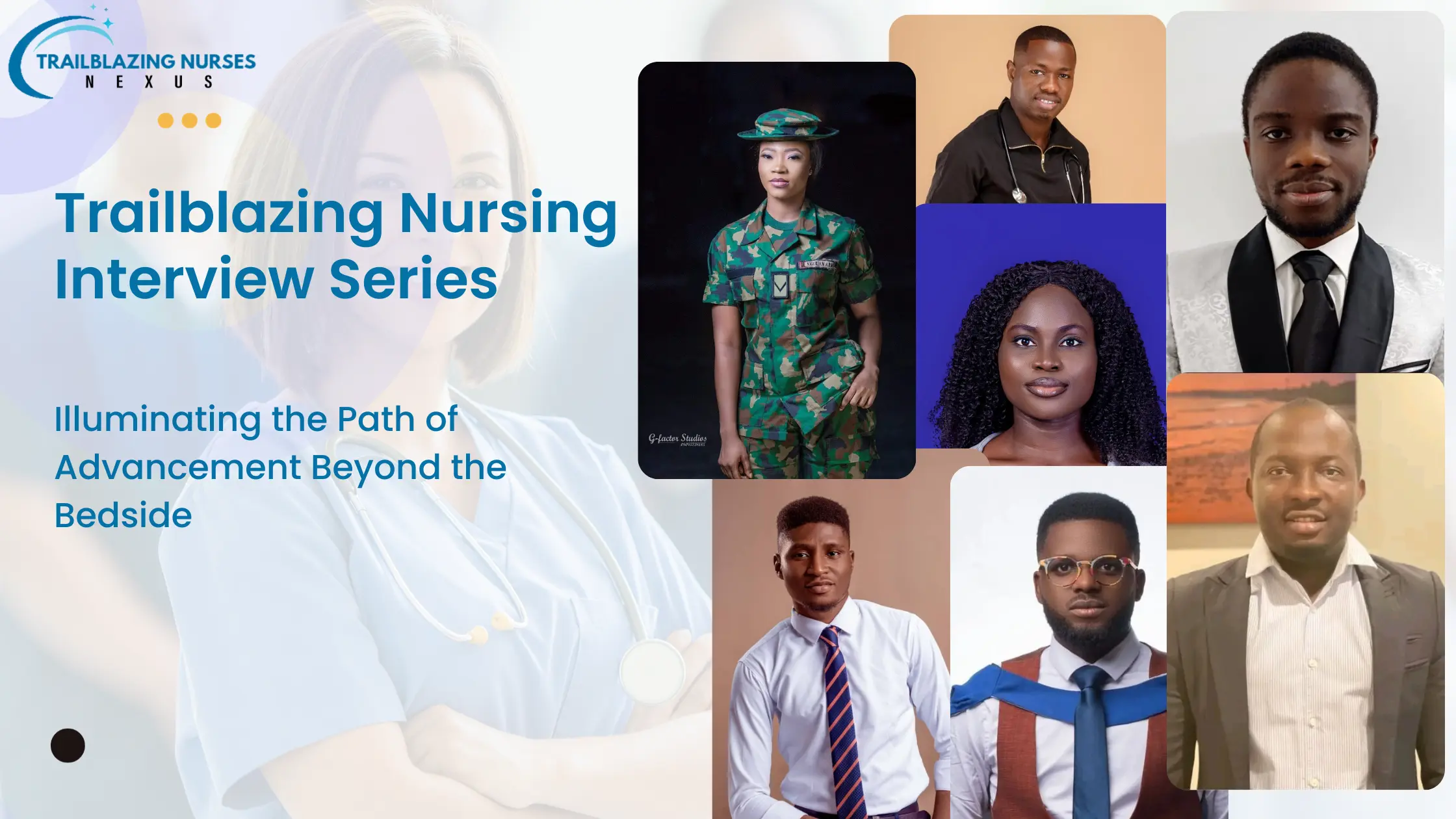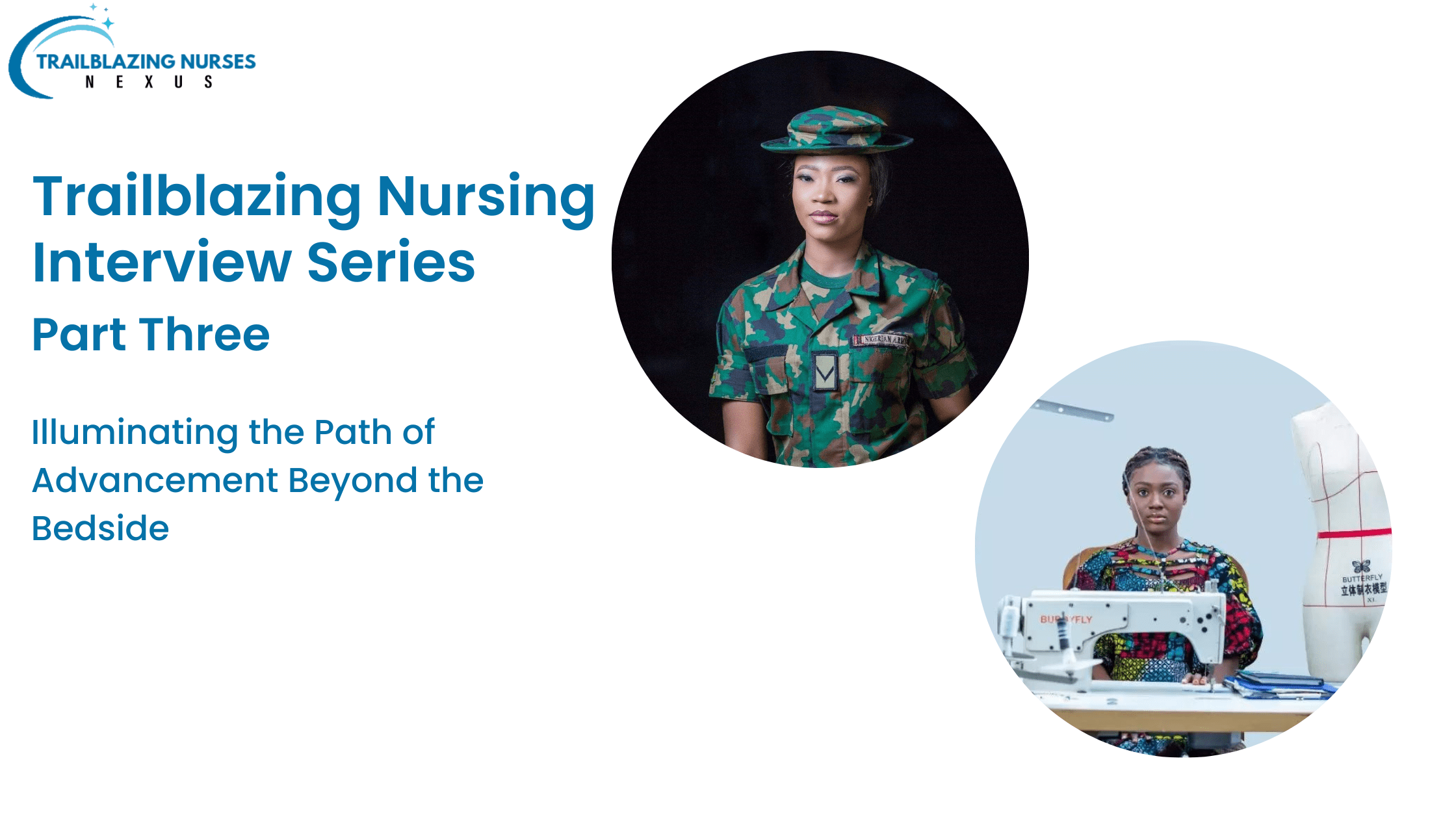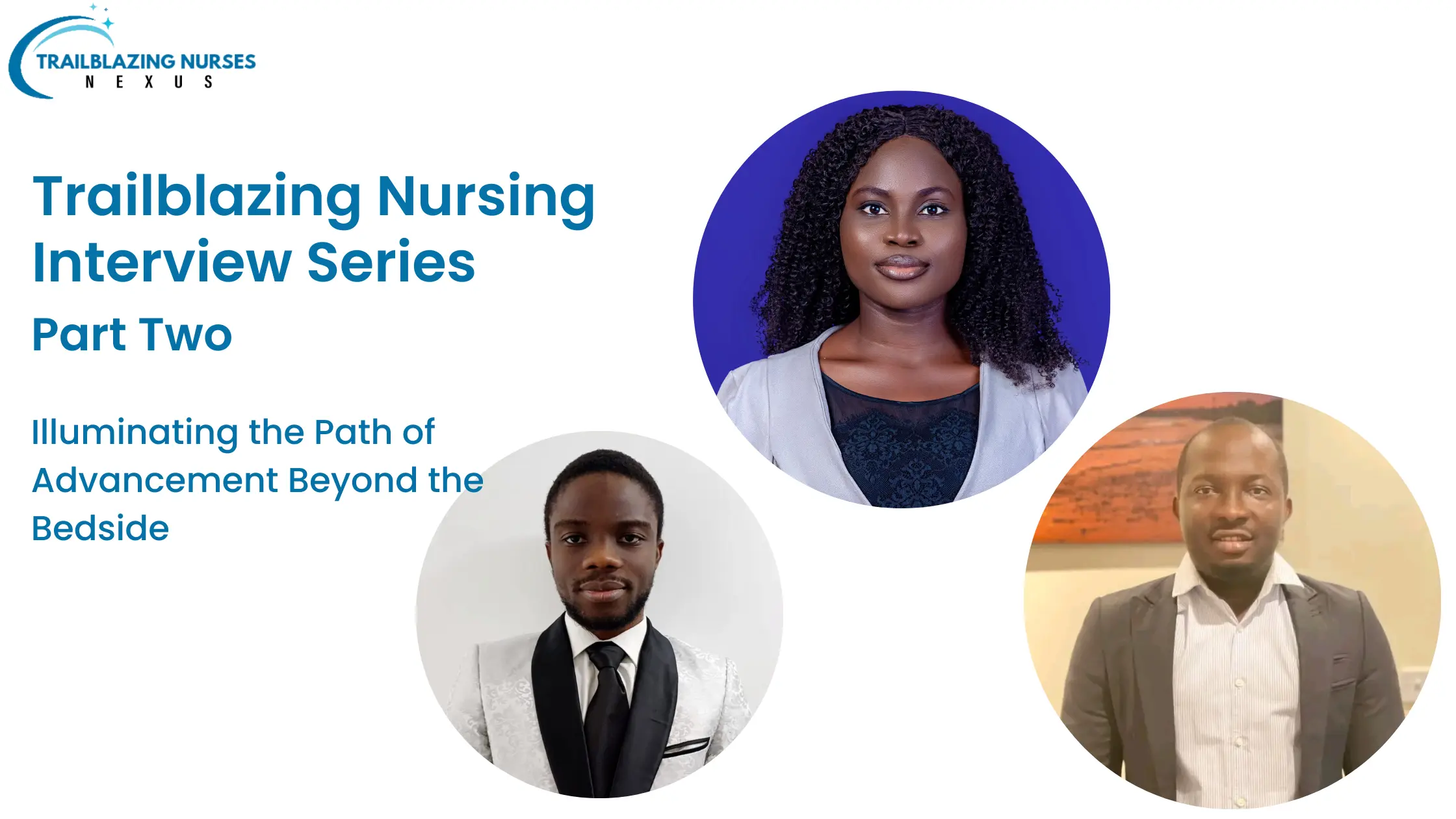CREATIVITY IN NURSING PRACTICE | 3 – 4 minutes read.
By
Odoemenem John. RN.
(Nursing creative and innovator, writer and blogger).

The Practice of Nursing is a very dynamic, special and delicate aspect of health care. It requires a lot of energy, ingenuity and creativity on the path of the Registered Nurse. In this article, Odoemenem John writes excellently on the importance of integrating creativity into nursing practice, I believe that you will find this piece interesting and above all stimulating.
Ayinla Daniel. RN, Rctn.
(Editor Care City Blog).
Sometimes I do ask myself if I have any creative bone in my body! As a nurse, I work hard and I would imagine myself engaging in countless procedures that most times requires acute problem-solving skills. But I never could be more skeptical of my creative muscles; until I realized the true essence of creativity.
Creativity in its entirety is “problem-solving” but with two characteristics; “relevance and novelty”. Relevance is the degree at which an idea solves a problem completely, while novelty is the degree of uniqueness (newness), and originality of a solution.
Innovation is taking up creative ideas to produce a commercially viable solution in the form of products and services that can actually work in the marketplace. The start of creativity follows heuristic approaches that lead to conceiving “new ideas” that actually bring about great change.
“Creativity in its entirety is “problem-solving” but with two characteristics; “relevance and novelty”. Relevance is the degree at which an idea solves a problem completely, while novelty is the degree of uniqueness (newness), and originality of a solution.”
The healthcare industry requires innovative solutions for the ever-growing patient needs; and It’s is quite convincing that nurses stand at the front line of healthcare workforce; working closely with patients, independently finding solutions that would save lives. This can’t be overemphasized as nurses are barely recognised in health care innovations and decision making. In the moment of such challenge and despair, there are undoubtedly opportunities for greater change.
Florence Nightingale once said, “where there are none with discontent of what they have; the world would never reach anything better“. This implies that change would not ensue by leaving the “status quo” unquestioned, or continuing with the usual and conventional approaches to practice and problem-solving. But the answer to these challenges would be found in nurses who embrace and cultivate a collaborative environment of innovation, thinking beyond the usual context, getting ahead with diverse and new perspectives and driving advanced healthcare for all.

Systematic changes brought about to saving the future of nursing relies solely on the best chances of utilising innovative solutions to the current and future health care problems.
This is somewhat evident as nurses, working under various inefficiencies of healthcare, still, apply as many workarounds to see through a continued workflow of best available practice.Nevertheless; there is so much more to expect from creativity and innovation other than mere workarounds, or “usual” problem-solving strategies.
Nurses must then demonstrate the novelty in those tremendous skills they espouse, with the makeup of creative processes in order to derive long term changes to improve healthcare.
The four-step creative process includes; questioning, observing, networking and experimenting. These are creative approaches that when combined (associational thinking), can help generate creative impulses toward solutions for problems. Nurses particularly practice healthcare without many combinations of any of these creative approaches. But effort must be made in order to appreciate the association of any of these behaviours in order to come up with new (novel) ideas that would bring innovation to the healthcare practice.
The question of “why things are the way they are”, “what can be done if they aren’t available”, “what best can be expected” (any other function?), and “what can be improved”, are the most fundamental questions necessary to trigger “out of the box thinking” to bring innovative solutions to problems.
Nevertheless, nurses are best observers amongst the healthcare workforce; staying close to the patient, and with empathy, taking into account each person’s unique values, beliefs and fears, and how those should “factor” into what treatments and solutions are recommended. Finding novel ideas through networking creates room to view context from different perspectives. Making it possible to see beyond the “usual”, focusing on resources and other ideas that best describe the solution in a novel way.
The four-step creative approaches if associated and implemented can’t be of more help than to significantly improve the overall health care practice thereby making nurses the forefronts of healthcare creativity and Innovation.
Credit: Odoemenem John (RN, nursing creative and innovator, writer and blogger).
About The Author







Drop Your Comment